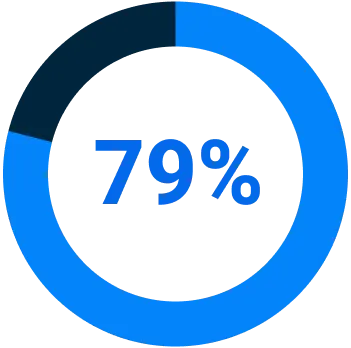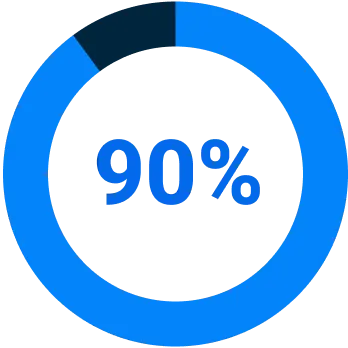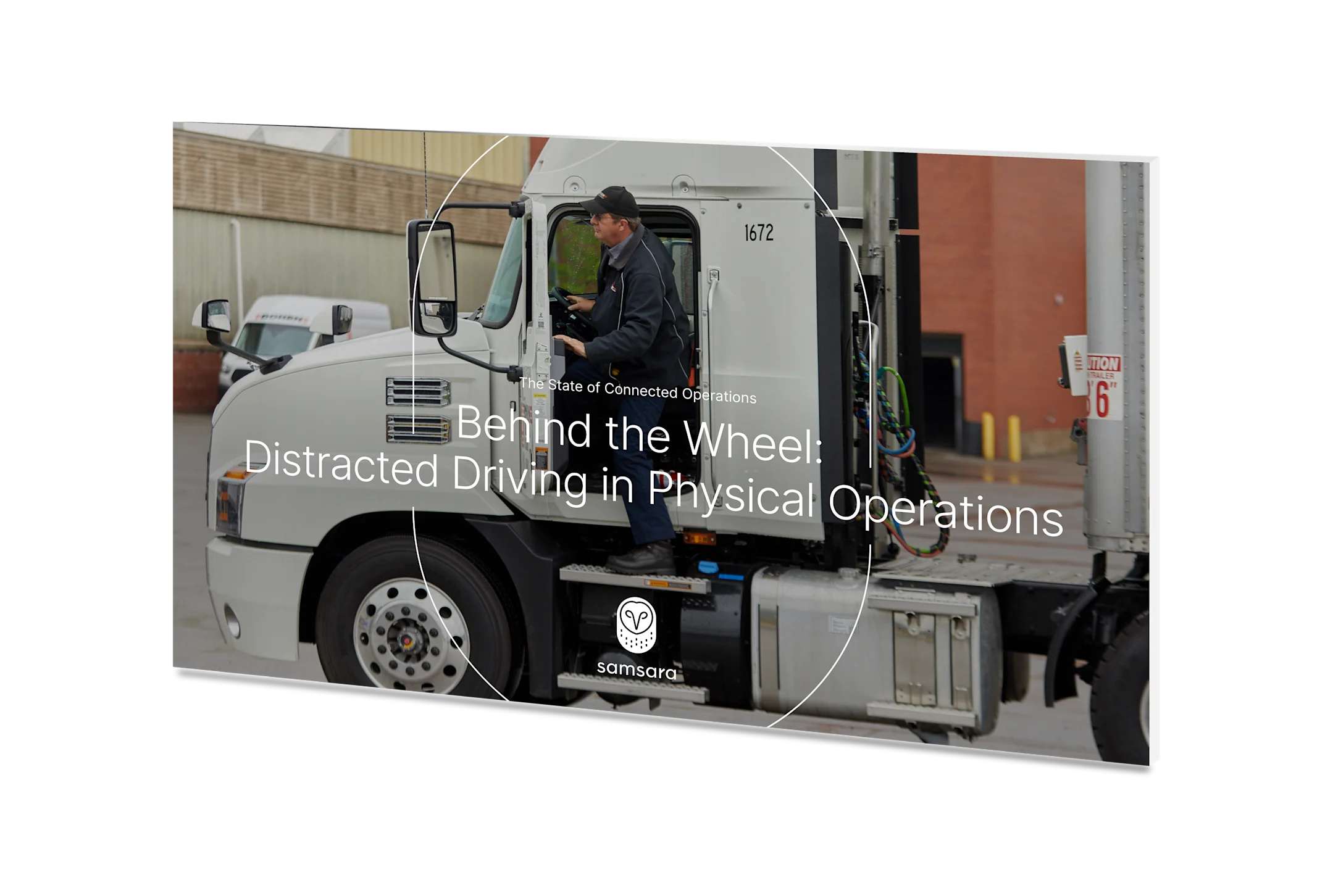New Report
Behind the Wheel:
Distracted Driving in Physical Operations
Download the latest State of Connected Operations Report to see what drivers themselves say are their biggest
distracted driving challenges, while also highlighting their top strategies and solutions.
We surveyed 1500+ commercial drivers with 14.7K+ years combined driving experience in 21 industries across 7 countries.

Within the last year, 79% of drivers had a "close call" or near-miss while driving because they were distracted.
Top 3 distractions identified by drivers:
#1 — Using phone to send and read messages
#2 — Smoking cigarettes,
e-cigarettes, or vaping
#3 — Using phone to check social media

90% of drivers are more likely to stay with organizations that work to prevent distracted driving.
Top 3 ways employers can help reduce work-related mobile use on the road:
#1 — Improve communication systems to limit work-related calls/messages
#2 — Better in-cab routing and navigation
#3 — Implement policies that prioritize safety over speed

Accurate, AI-powered detection is the #1 technology drivers want to tackle distracted driving.
Top 3 technologies drivers want to help mitigate overall distractions while driving:
#1 — AI-powered detection with real-time alerts
#2 — Improved hands-free communication system
#3 — Dedicated dash cam button to record key incident details
TOP DISTRACTIONS COMMERCIAL DRIVERS ARE FACING
32%
Using personal phone to read/send messages
30%
Smoking/lighting a cigarette, e-cigarette, or vape
29%
Talking on a handheld phone or hands-free device
29%
Using personal phone to check social media
28%
Eating or drinking
HOW DRIVERS ARE CURRENTLY BEING COACHED OR TRAINED ON DISTRACTED DRIVING
Digital coaching or training
In-person coaching or training
In-cab coaching (by alerts)
Not receiving coaching or training









